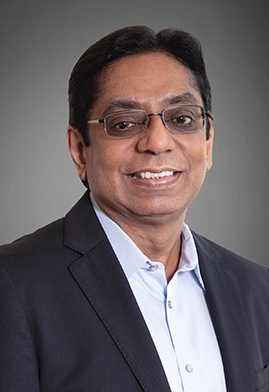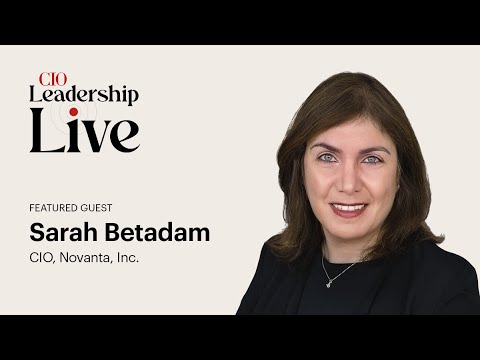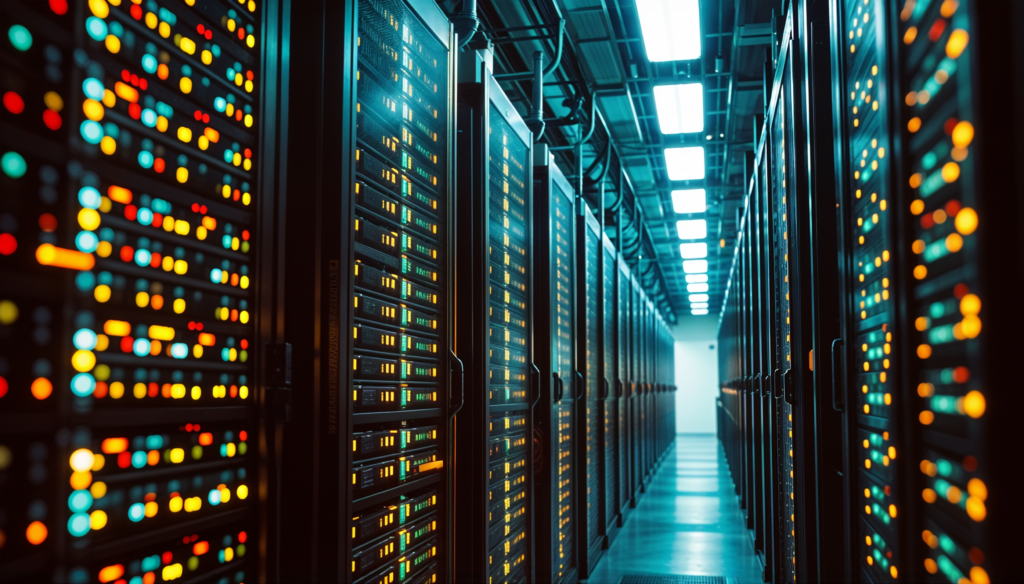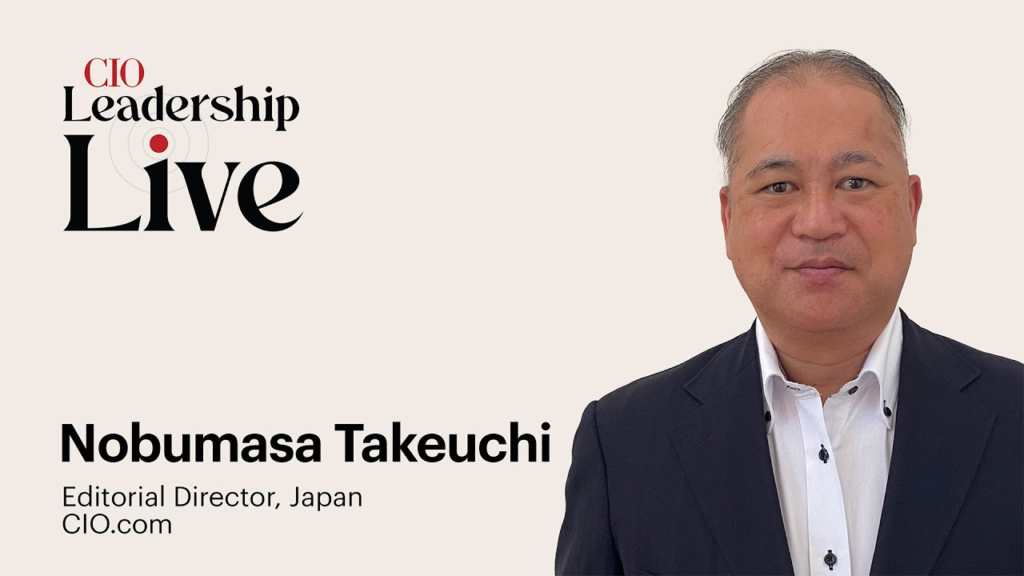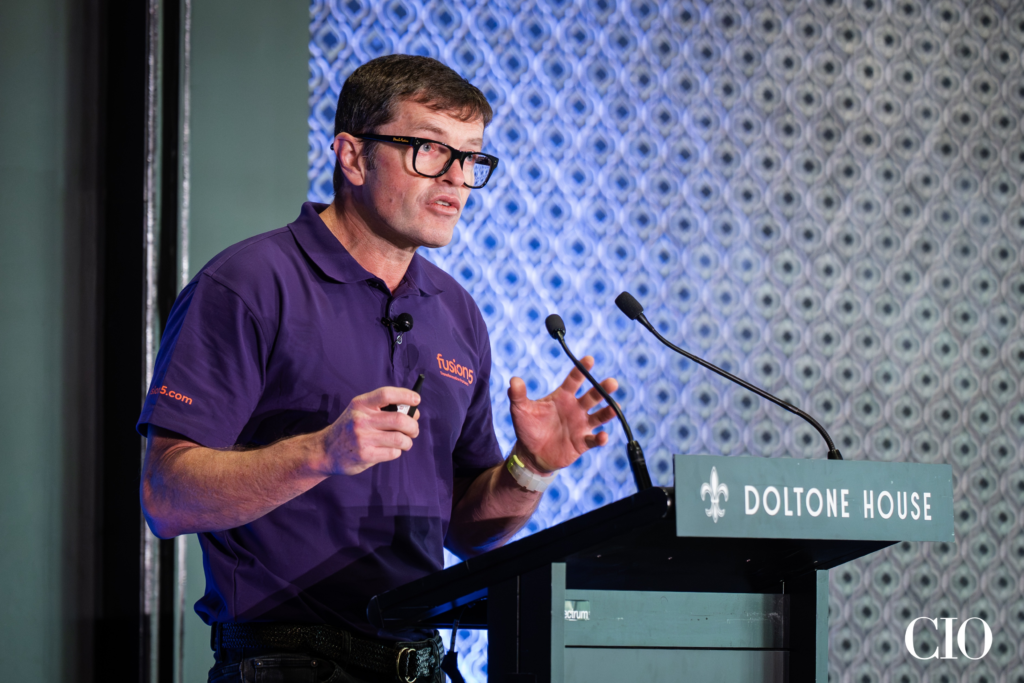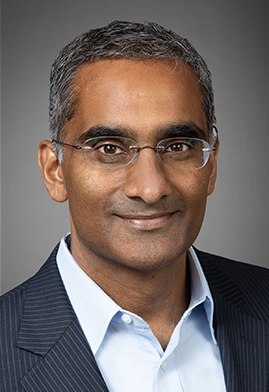Raising the bar on private cloud – announcing VMware Cloud Foundation 9.0
When we formed the VMware Cloud Foundation (VCF) Division in Broadcom, we set out with a singular mission: deliver the industry’s best modern private cloud platform for our customers. This was in direct response to what we were hearing from customers. They were, and continue to be, concerned about the skyrocketing costs of the public cloud. Many expressed frustrations over failed public cloud migration projects. Some customers even tried to build cloud capabilities in their own data centers but struggled to get the cost and operational efficiencies they sought. Customers wanted a different approach: a platform that could help modernize their infrastructure and give their developers a public cloud-like experience. And that’s what we set out to do with VMware Cloud Foundation. Today, we’re excited to celebrate the general availability of VMware Cloud Foundation (VCF) 9.0, a massive transformation of our industry-leading private cloud platform. With VCF 9.0, we are again raising the bar for the modern private cloud by vastly simplifying its deployment, operations, and developer experience. I have the pleasure of collaborating with customers on a daily basis. Interactions from our teams in the field and our customer engagement programs also provide countless opportunities to collect feedback and insights. We are proud to deliver today VCF 9.0 as a truly customer-driven innovation. These conversations with experienced practitioners and IT leaders have visibly shaped VCF 9.0’s features and strategic direction. Take a listen to Paul Turner, our vice president of products in the VCF Division, as he lays out this “private cloud moment” and discusses all of VCF 9.0’s new innovations. Delivering the modern private cloud If you’ve been around enterprise IT long enough, you’ve seen the pendulum swing from private cloud to public cloud and back again. That’s part of a larger trend that’s being dubbed the “Cloud Reset.” Enterprises are reconsidering workload placement, moving them from public back to private cloud, while targeting their new workloads to the private cloud. This shift represents a forward-leaning critical transformation that recognizes a modern private cloud as a strategic priority for today’s and tomorrow’s IT landscape. But what does that mean? First, cloud is not a location; it is a way of working—an operating model. Cloud benefits come from modernizing how we build, operate, consume, and protect IT resources, applications, and services. So, the modern private cloud takes all of the positive attributes of the public cloud – agility, scale, developer self-service and automation – and combines them with the cost control, security, resilience, and compliance you get on prem. The modern private cloud leverages software-defined infrastructure through a private cloud platform to enable a consistent cloud operating model that is location agnostic and supports all workloads. Past efforts to deliver private cloud yielded only some of these capabilities and benefits. VMware Cloud Foundation is the first platform to deliver a truly modern private cloud in its entirety. Exceeding our own expectations We aimed high with VMware Cloud Foundation 9.0, and the platform has surpassed even those ambitions. Market tailwinds, a steady flow of consumer insights, and a strong Broadcom innovation engine combined to finally deliver on the -standing promise of a unified private cloud platform built for all applications—traditional, modern, and AI. What’s more is the speed at which we’ve delivered on that promise. Our velocity is largely due to Broadcom’s focus on innovation and aggressive investment in R&D. This, coupled with a strategically reorganized division and a massively simplified portfolio, has enabled us to focus on developing this next-generation cloud platform. This dedication ensures our platform continually evolves to meet future challenges before they become obstacles. With VCF 9.0, Broadcom is leading the private cloud transformation. But we’re not stopping here. Our commitment to innovation will continue to shape the future of enterprise cloud for the foreseeable future. Cloud isn’t just infrastructure; it’s a strategic capability. Welcome to cloud as it should be – with VMware Cloud Foundation. About Krish Prasad Broadcom Krish Prasad is the Senior Vice President and General Manager of Broadcom’s VMware Cloud Foundation Division where he oversees the company’s multi-cloud Infrastructure software portfolio that spans Private Clouds and Clouds from Service Provider partners and Hyperscalers. Before joining Broadcom, Mr. Prasad served as Senior Vice President and General Manager of the VMware Cloud Infrastructure Business Group (CIBG) and previously led the VMware vSphere business. He drove the strategy, roadmap and delivery of the SDDC cloud platform that powers VMware Cloud and led a wide range of functions including Product Management, Engineering, Cloud Operations, SRE and Product Marketing. Mr. Prasad has more than 30 years of experience in the enterprise software business across both R&D and general management. Prior to VMware, he held senior and executive management positions with HPE and BMC Software. source
Raising the bar on private cloud – announcing VMware Cloud Foundation 9.0 Read More »
